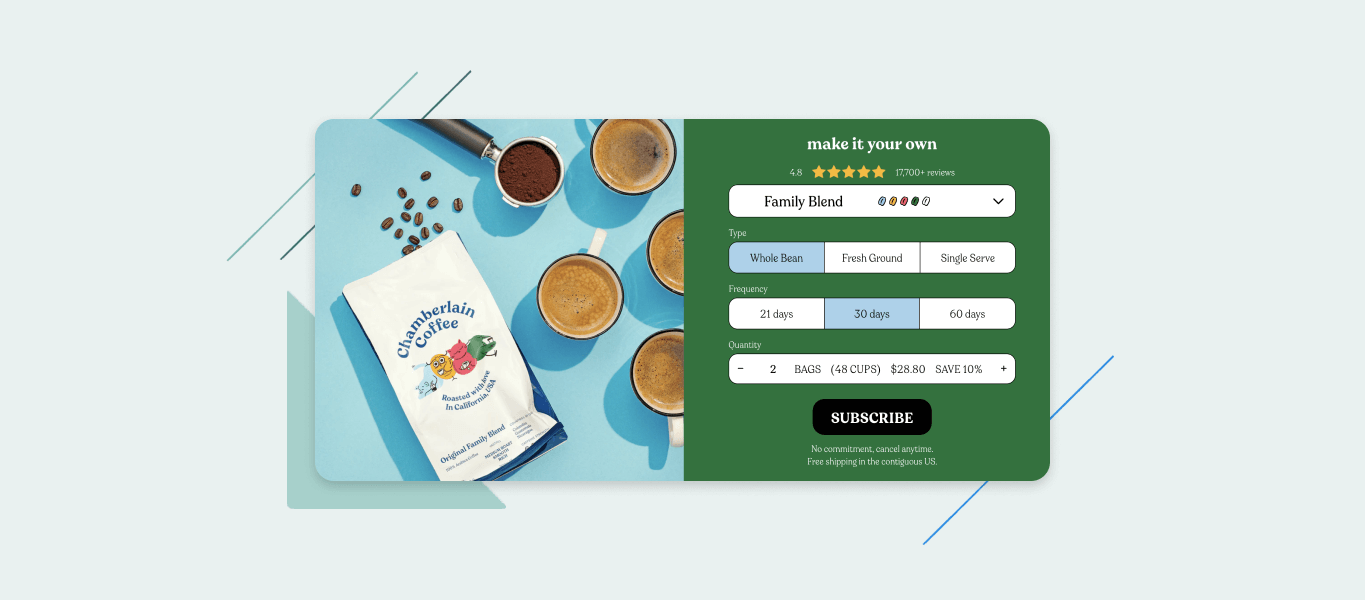In this preview from our Powerful & Profitable Subscriptions Playbooks, we’re diving into Building a Brand Community. Our playbooks were created by bringing together 12 of the industry’s most successful ecommerce agencies and getting their insights on growth strategies they use with their top clients. Topics range from marketing (social media and advertising), growing brand loyalty, customizing the customer experience, cross-selling and upselling, and more.
Previously on our blog, we’ve outlined The Power of Subscriptions.
Now, let’s talk about how to build a strong brand community.
Building a strong brand community
Let’s start with the why.
Why create a brand community, and what value does it provide for your customers and your business? For you and your business, your community members are your most engaged and loyal brand advocates. When you create a successful brand community, where members are engaging with your brand and interacting with like-minded members, you are boosting brand loyalty with your most fervent supporters.
Focusing on subscription businesses, customers are less likely to leave your subscription program when they feel a part of a brand community. Their average customer value (ACV or LTV depending on your preference) increases the longer they stay in your community.
Subscriptions, with repeat purchases and multiple opportunities to interact with customers, are a match made in heaven for establishing a successful brand community.
Oh, and did we mention the subscription economy is booming? In our State of Subscription Commerce Report, we found that among Recharge merchants in 2020, subscribers grew 91%, and Average Order Value (AOV) was up across the majority of verticals.

Back to brand communities. From the customer’s perspective, these offer multiple benefits. Membership programs allow them exclusive opportunities, product discounts, or early access to new releases. Less tangible, though no less valuable, is that these programs fulfill a customer’s desire to belong to a tribe by providing them with a community that shares their same values.
We talk a lot about relational commerce as opposed to transactional commerce on this blog because consumer habits have shifted. The pandemic and subsequent lockdowns only accelerated this shift in consumers to desire more of a connection with the brands they purchase from.
Customers are more loyal to strong brands that provide a desirable product that aligns with their personal values. When you can build a brand community around those shared values and create an engaged member base, that’s the sweet spot.
Let’s look at two specific examples from companies in two different verticals: the coffee giant Starbucks and the fitness brand GymShark.
“GymShark has built a brand around a lifestyle and philosophy that’s executed so well in their marketing. Their products have become just part of the lifestyle that the brand is focused on and this makes the purchase of their products easy for new and existing customers.”
Adam Pearce, CEO at Blend Commerce
Sticking with Gymshark, let’s zero in in on their brand community by looking at their social media for great examples of engaged customers and the benefits these members provide:
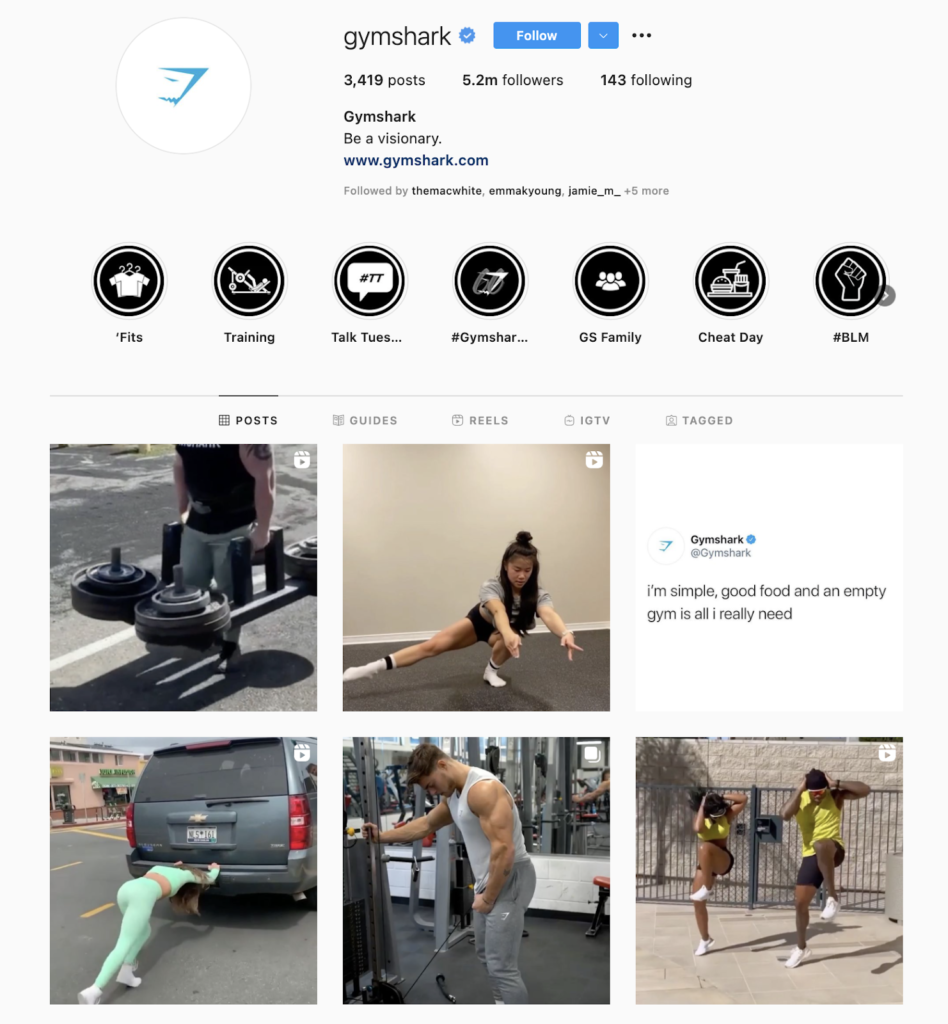
Throughout Gymshark’s feed, you’ll see that a number of their posts are from their community members. Their feed isn’t filled with polished photoshoots from a marketing campaign.
Instead, these are engaged and loyal consumers wearing the brand’s products and creating content tagged with the brand hashtag, #Gymshark. That’s free content and free advertising from their most passionate brand advocates, shared on their personal social media feeds (hello, organic influencer marketing program!), which is then repurposed for their own brand’s platforms.
Gymshark has even doubled down on online communities by creating an instagram account dedicated to women, Gymshark Women. In their bio, they encourage community based content with their call to action and brand hashtag #Gymsharkwomen:

Just as before, their social media feed is filled with user generated content from their community members. Accompanying each photo are hundreds of comments from loyal users interacting with the brand. They ask brand specific questions like when a particular item will be in stock or what colors a product comes in, or leave positive/supportive comments to other members.
Pro tip: Use your own social media to help cultivate this type of positive community building by interacting with customer comments that represent your brand’s core message and like-minded ideals. Use consistent brand related emojis, develop personalized brand hashtags, and encourage your customers to post photos or videos of themselves repping your products for a chance to be featured on your main page.
Let’s look at another example from Starbucks, who created their own brand community with their Starbucks Rewards program. Using the companion app, Starbucks community members can earn Stars that they can then redeem for rewards (like free food, drinks, and more).
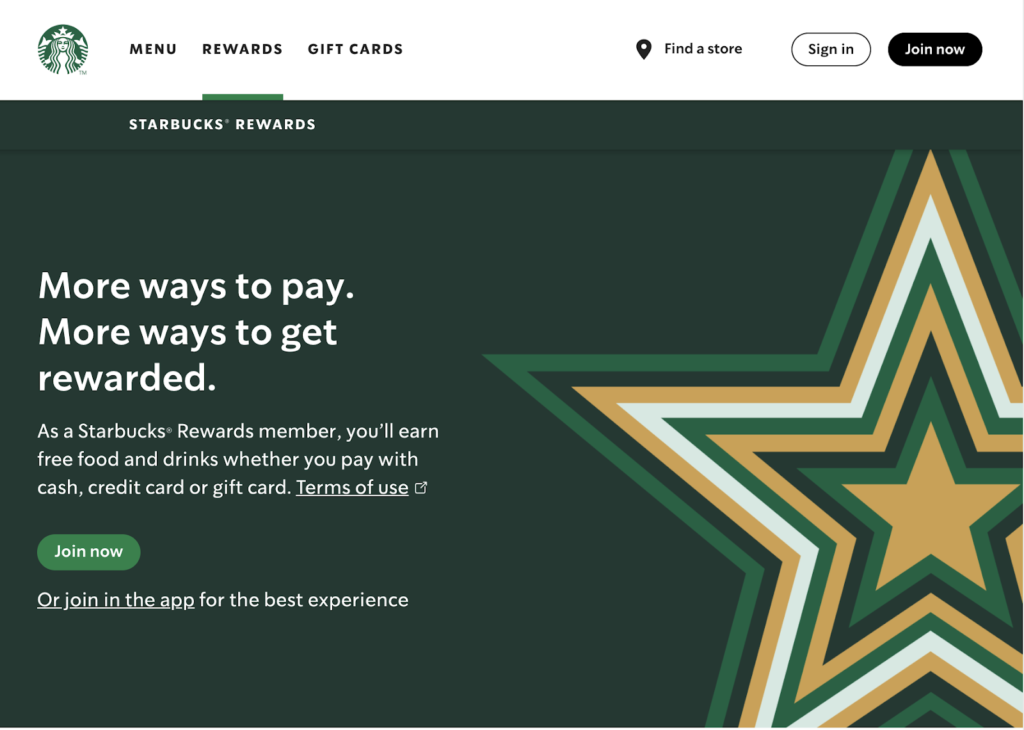
When you build a brand community like Starbucks has, you can incentivize loyalty and repeat purchases with discounts, rewards, or personalized notifications. Again, it’s a win-win situation for both brands and the members of their communities.
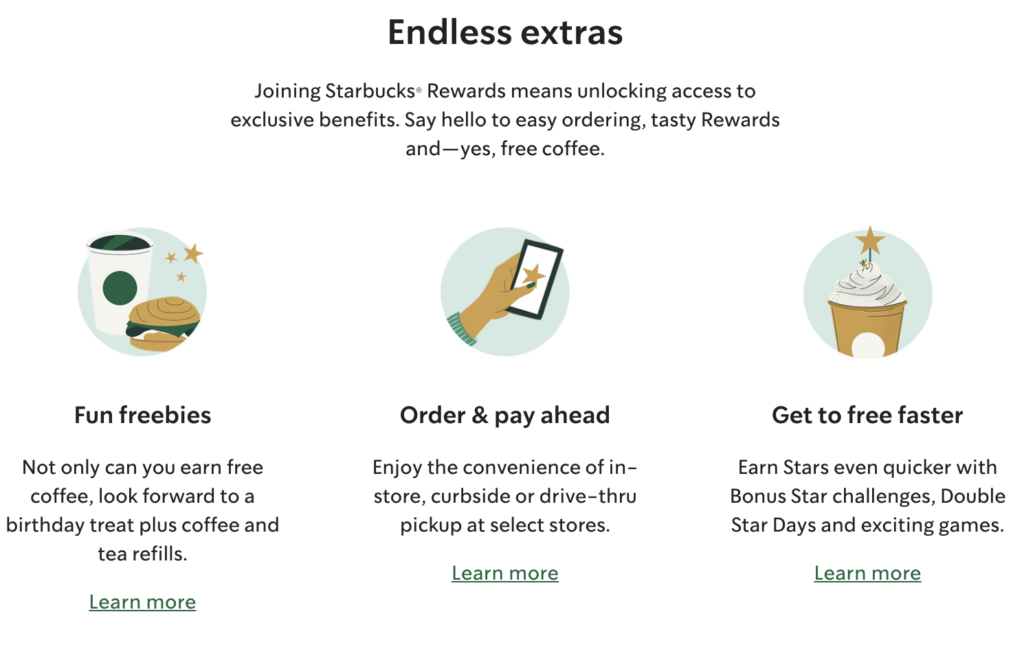
Starbucks engages their community with seasonal drinks, like their famous Pumpkin Spice Latte when autumn rolls around or their holiday-themed red cups in winter. They’ve even run programs to reward double Stars on particular days or set times.
So, the value in building a successful brand community? Brand communities become free, self-generating marketing engines fueled by your most loyal and engaged customers. These consumers become brand advocates for you, both on social media and in real life, as they rep your product and your values.
The most important part of building a brand community
Let’s go to straight to the playbook for this:
“The most important piece to building a brand is having a voice — a point of view. Make sure visitors feel — not just read — this voice and point of view. Think of your brand like a language. You want your customers speaking this language through all touch points of the brand through mechanisms such as identity, color, and type hierarchy.”
Thomas McCutchen, Founder & CEO at Scoutside
And perhaps the most important distinction is the difference between building a brand community and selling products:
“The difference between building a brand and selling products is simple, people buy products once, but buy from brands over and over again.”
Adena Merabi, Strategic Partnerships at MuteSix
Where your company should start
We started off this post talking about the why behind building a strong brand community. Our best advice for where to start when thinking about building a brand community (aside from reading our Powerful & Profitable Subscriptions Playbooks series) is defining your brand’s why.
Authenticity is the key here: You need to focus on what your brand stands for before you can consider developing a brand community. Does your brand champion a greater purpose or connect to a mission? What emotional connection can your customers establish with your brand that can help build a community based around your products?
Plan your strategy for how you’ll find these future community members and how you’ll interact with them. Research your ideal customer and discover their passions and values to help guide a brand community that reflects your products and their consumers. Put thought into what social media platform you should prioritize to reach and connect with your brand members.
“Thoughtful branding is critical in transforming transactional customers into long-term raving fans. It gives a company personality; imbues it with human characteristics that consumers can identify with (or want to identify with, as with aspirational branding/marketing).“
Z, Founder at Tako Agency
A great example of this kind of ethos can be found in personal care company Billie’s About Us page:
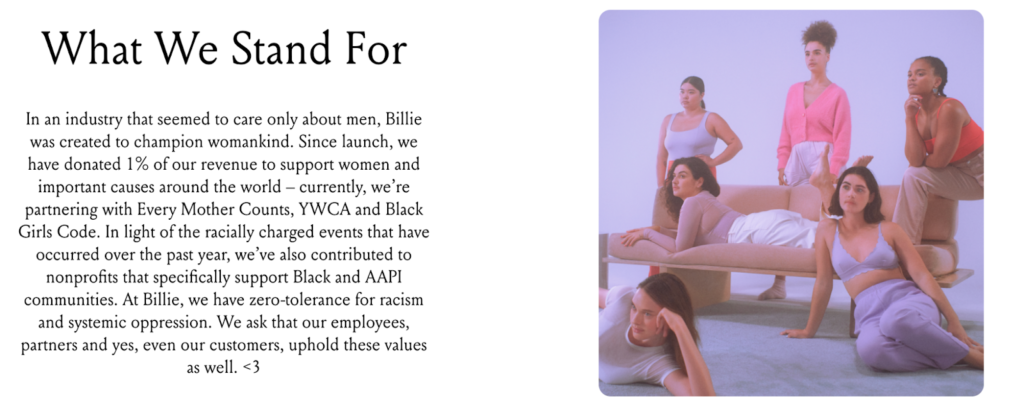
By outlining your values and beliefs as a company, you are declaring to future members of your brand community what you stand for. It makes it easier to grow your community when you are transparent and authentic about what your brand represents and aligns itself with. Starting with a mission statement, your brand’s why, or a genuine About Us page is a great way for your brand to start developing its community.

If you’re looking for more effective ways to enrich your brand strategy and attract future customers to your business, be sure to download the Building a Brand Community playbook and check out the rest of the Powerful and Profitable Subscriptions Playbooks.



